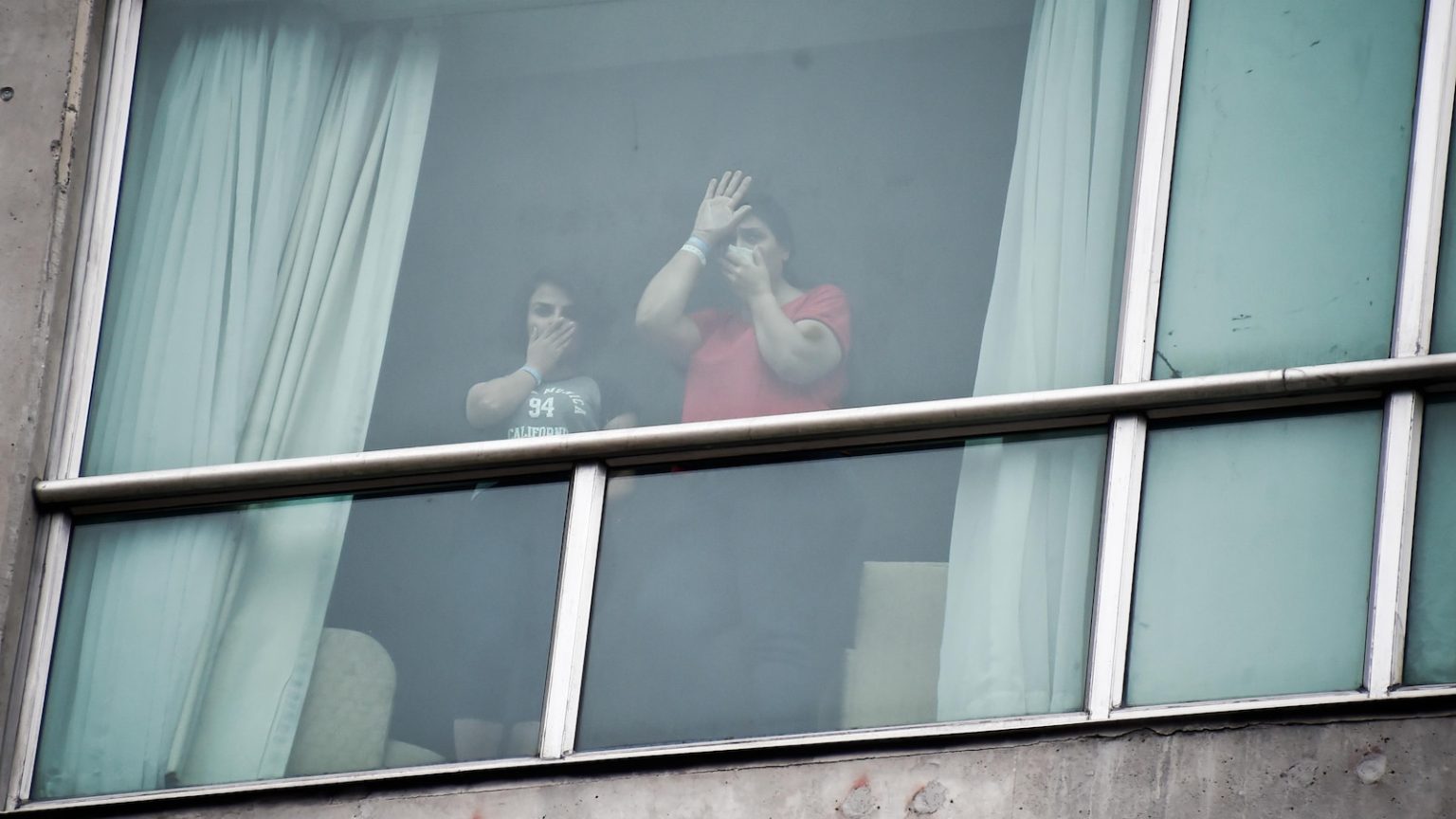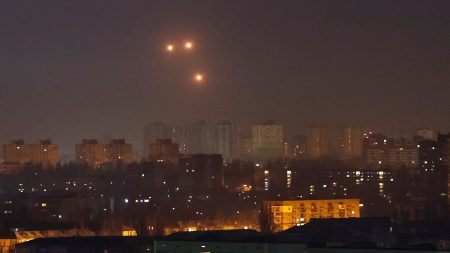Humanizing the Migration Crisis: A Panamanian Perspective
Escape and Recapture: A Glimpse into Desperation
In recent days, Panama has been at the center of a migration crisis that came to a head with the recapture of a Chinese woman who escaped from a hotel detention center. This hotel, housing nearly 300 deportees from the U.S., has become a focal point of international attention. The woman’s escape, facilitated by individuals suspected of human trafficking, underscores the desperation and vulnerability of migrants in limbo. Recaptured near the Panama-Costa Rica border, her story highlights the perilous journey many face in seeking safety and better opportunities, often falling prey to exploitative networks.
The Migrant’s Plight: Signs of Desperation and Fear
The migrants, primarily from Asian countries, have expressed their plight through poignant signs in hotel windows, pleading for help and expressing fears for their safety in their homelands. These personal appeals have brought sharp criticism to the Panamanian government, which claims the migrants are not detained. However, the reality appears to contradict these assertions, as migrants face uncertain futures and potential dangers, both within and outside the detention facilities. The emotional toll is evident, with their signs serving as a desperate cry for recognition and intervention.
Government Response: Navigating a Complex Situation
Facing mounting criticism, the Panamanian government has defended its stance, asserting that migrants are not detained but rather in transit. However, with approximately 40% refusing voluntary repatriation, concerns arise about their prolonged detention. Security Minister Frank Abrego has reported that 171 migrants have agreed to return, while others may be moved to a facility near the Darién Gap, a known migration corridor. This response, while aiming to manage the crisis, raises questions about the humane treatment and future of these individuals, caught between policies and the pursuit of asylum.
Challenges Ahead: The Road to Resolution
The Darién Gap, notorious for its dangerous terrain, presents a new set of challenges for migrants. This region, historically a transit point for those heading north, now hosts a temporary facility, creating logistical and humanitarian concerns. As Panama balances its role in regional migration dynamics, the situation demands a compassionate and strategic approach, considering both immediate needs and long-term solutions to avoid exacerbating the crisis.
Broader Implications: Reflections on Migration Policies
This incident reflects the broader migration challenges in Central America, highlighting the need for comprehensive policies that address the complexities of human movement. The interplay of national security, humanitarian concerns, and international cooperation is intricate, requiring solutions that respect human rights and dignity while addressing the root causes of migration. Panama’s experience serves as a microcosm of a global issue, urging collaborative efforts to ensure safe and orderly migration processes.
Conclusion: Toward a Compassionate Solution
The migration crisis in Panama is a testament to the resilience and desperation of individuals seeking a better life. While the government navigates the complexities of repatriation and detention, the human element must remain central. By prioritizing empathy and collaboration, Panama and the international community can work toward solutions that uphold human rights and provide hope for those in transit. Addressing this crisis compassionately is not just a moral imperative but a necessary step in fostering stability and security in the region.















